BMC • Site Standard
Defining and enforcing property syntax in automation workflows
The Problem
BMC's site standard tool, defines job (i.e. automated task) properties syntax in automation flowcharts.
- Current tool was basic, confusing, and lacked customer-requested capabilities. This hindered business growth with existing and new accounts.
Project Overview
Persona
Scheduler • IT operations staff responsible for automating workflows through BMC Control-M
Scope
- Concept: 1 month
- Development & testing: 4 months
Team
- Product manager
- UX lead (me)
- 1 visual designer
- Dev lead (product owner - PO)
- 2 dev teams
My Role
- Research
- Concept creation and evaluation
- Wire-framing
- Prototyping
- Mentoring visual designers
- Testing
Research
Research
- Conducted interviews and observations while users creating organization rules
- Analyzed usage, purpose, and methods
Key Findings
Usability and Functionality
- Noticed missing functionality and usability issues
- Definition mechanisms varied in usability
Layout and Structure
- Discovered inefficient page structure and confusing layout
- Page layout was crowded, with poorly allocated space
Content Comprehension
- Some job attributes were missing
- Restriction summaries were hard to quickly comprehend
- Users were able to apply rules even when they were in a partial state
Feature Improvements
- Identified need for publishing mechanism and simplified syntax
- New feature requests risked adding complexity
Design
- Based on our research findings, we agreed on the design focus for the project:
Planned Focus
- Restructure page layout for efficiency and better hierarchies
- Add missing job attributes
- Improve usability when needed
- Create publishing mechanism to prevent premature rule availability
- Develop clear syntax for restrictions
- Simplify workflow despite new functionalities
Main Changes
- Redesigned layout: enlarged main working area (rule builder), hiding rarely used functions
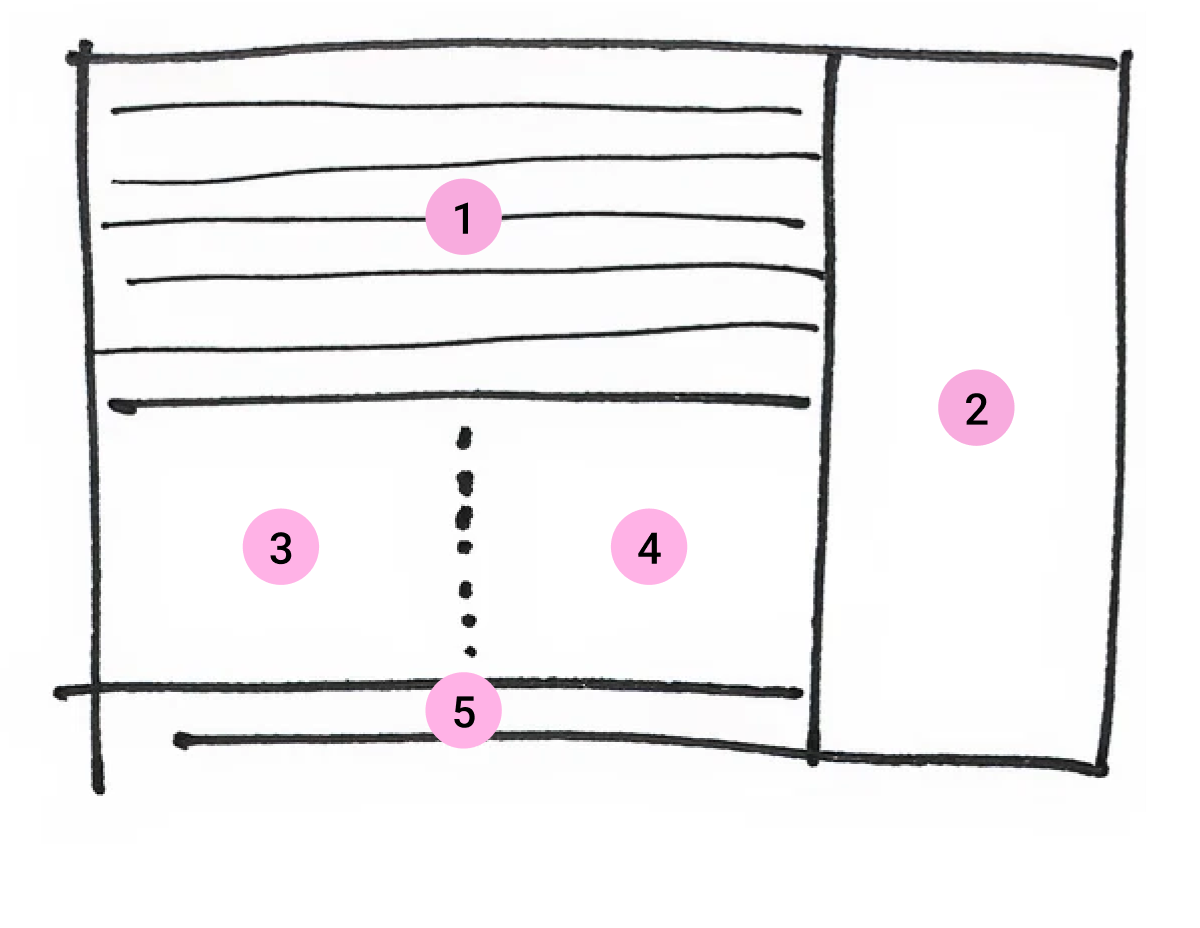
Original layout
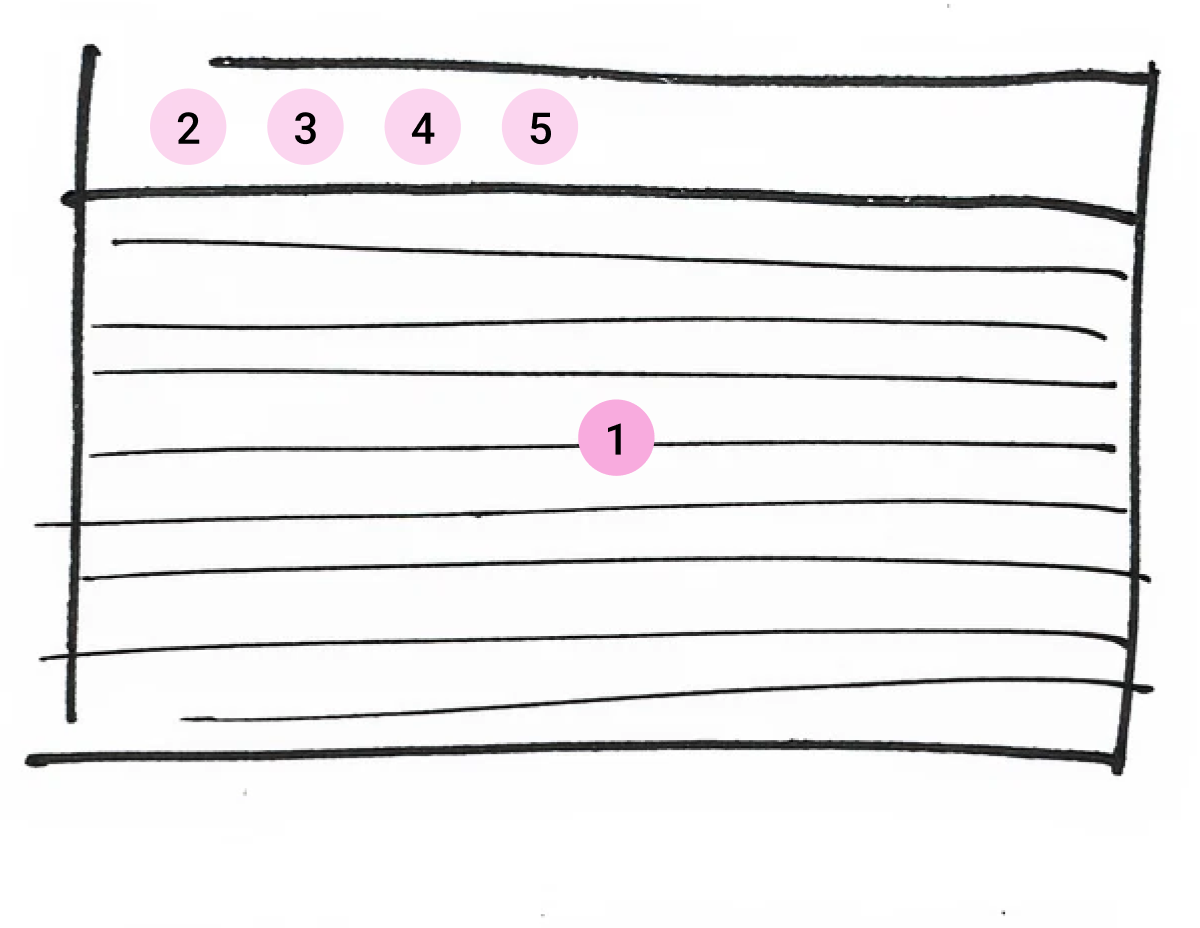
New layout
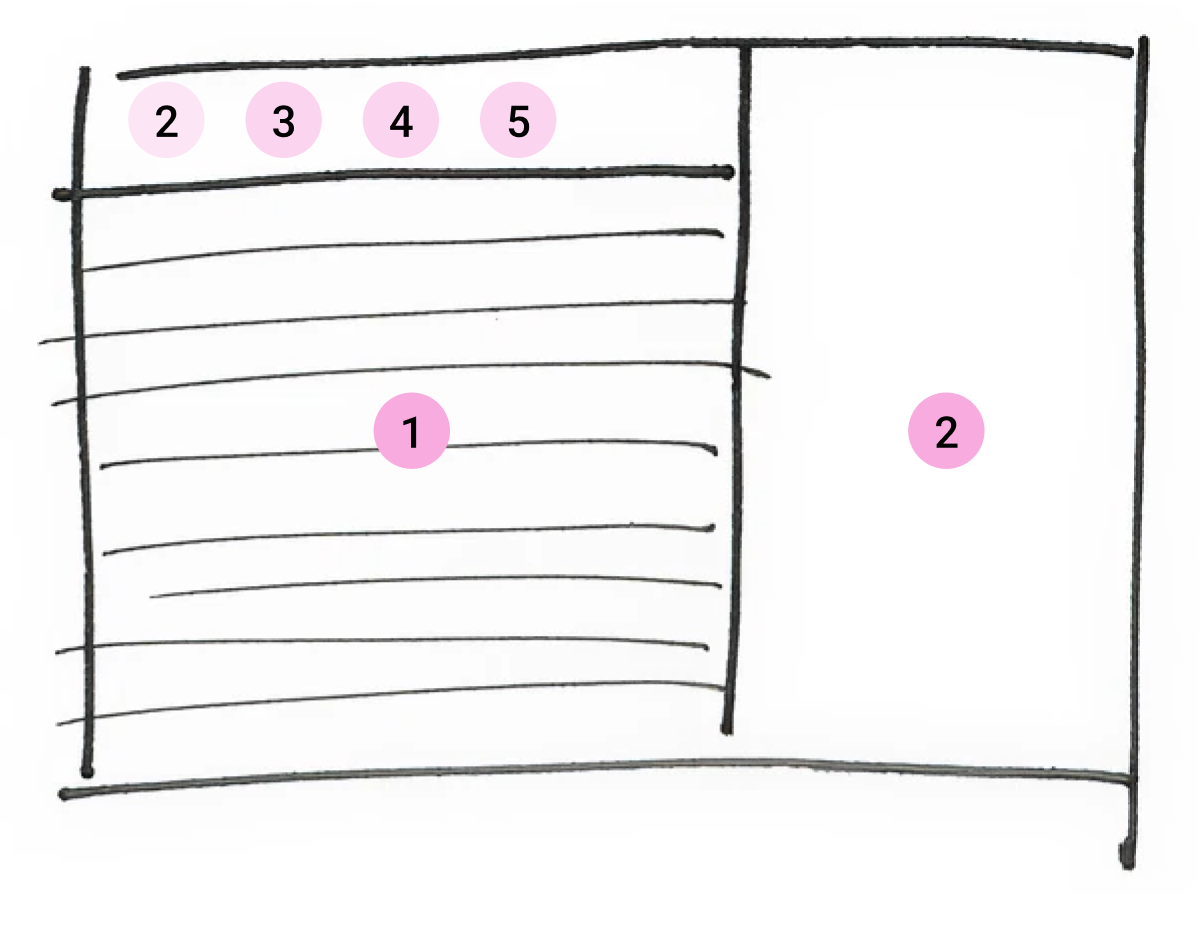
New layout with rule editor pane
Legend: 1 • List of rules; 2 • Rule editor; 3 • Business parameters; 4 • Internal rules; 5 • Condition format
- Introduced publishing states (New, Published, Edited)
- Developed rule builder with three sections: field type selection, conditions settings, and restriction definition
- Created color-coded restriction syntax for better readability
Testing
- Conducted 1:1 remote sessions with customers for concept evaluation and usability testing:
- A/B testing: Accordion (fluid) vs. Wizard (structured) prototypes to determine ideal workflow format
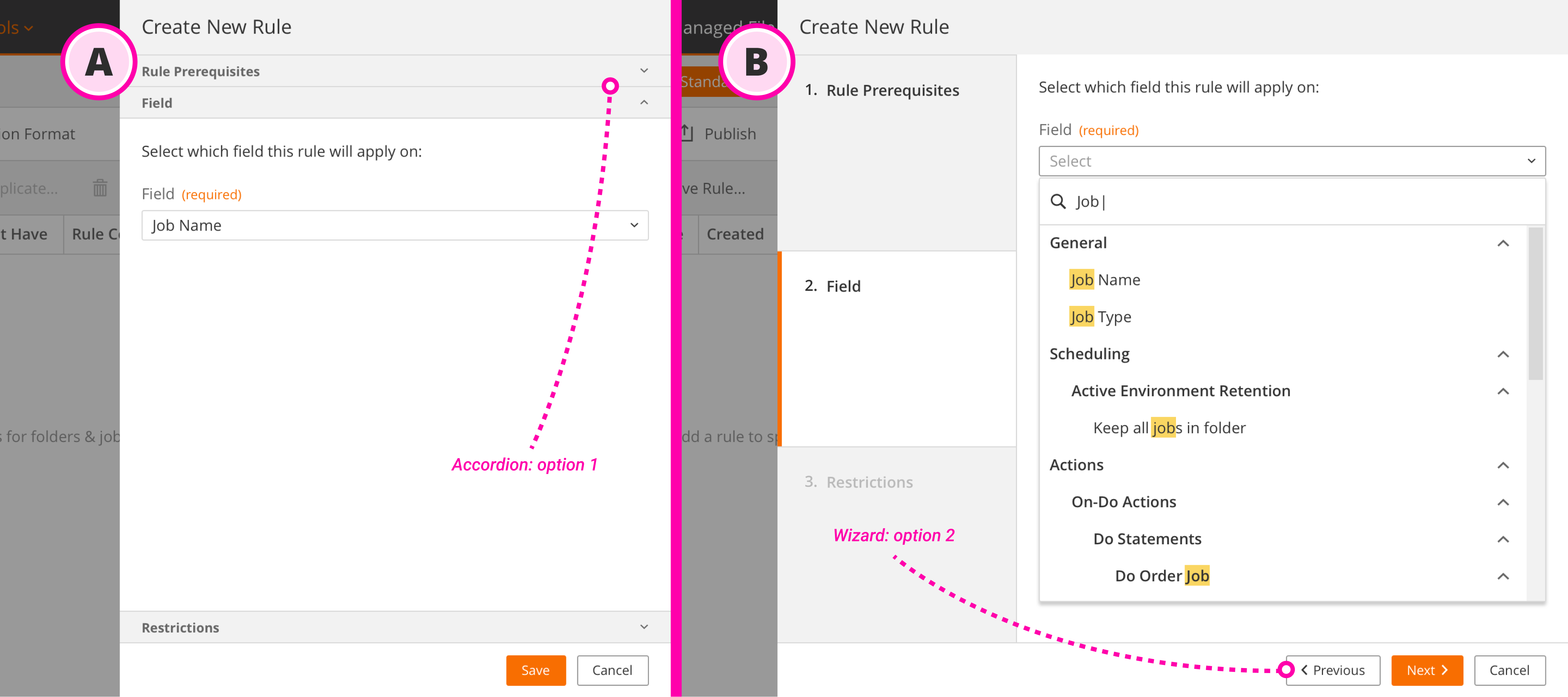
A/B testing Rule builder • Option 1 offers free section navigation; Option 2 provides a structured, step-by-step approach
- Iterated designs based on feedback, and retested
Key Findings
- Revised layout with prominent rule builder area was found simple and intuitive
- A hybrid accordion-wizard design was created, inspired by users' preference for flexible navigation with content summaries at each step
- New features were smoothly integrated, including:
- An intuitive publishing mechanism
- A helpful color-coded restriction syntax ('Job attribute: [Rule format]')
Outcome
A tested working prototype ready for implementation:
Main Views
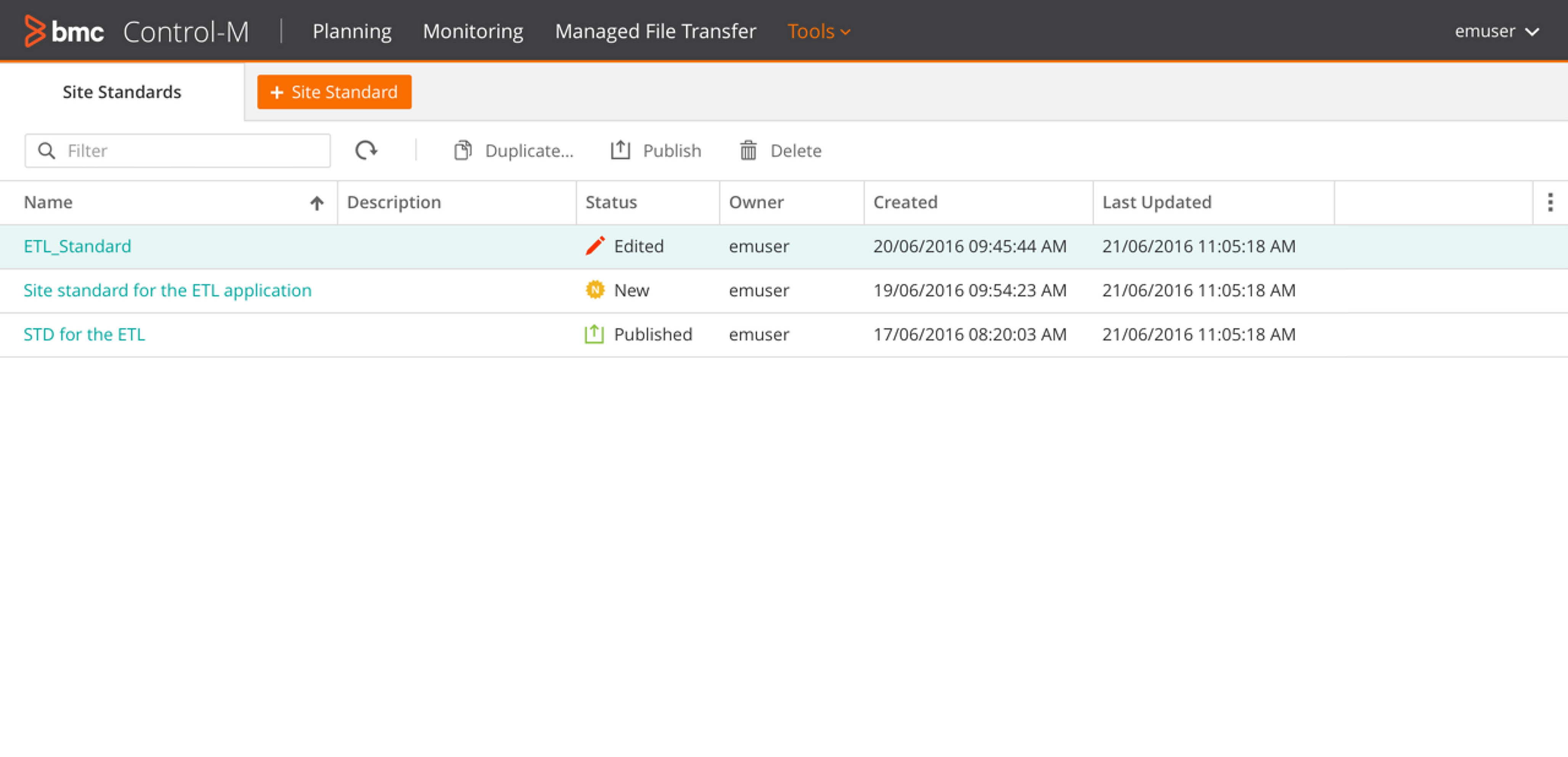
Site Standard main screen • List of all policies with statuses
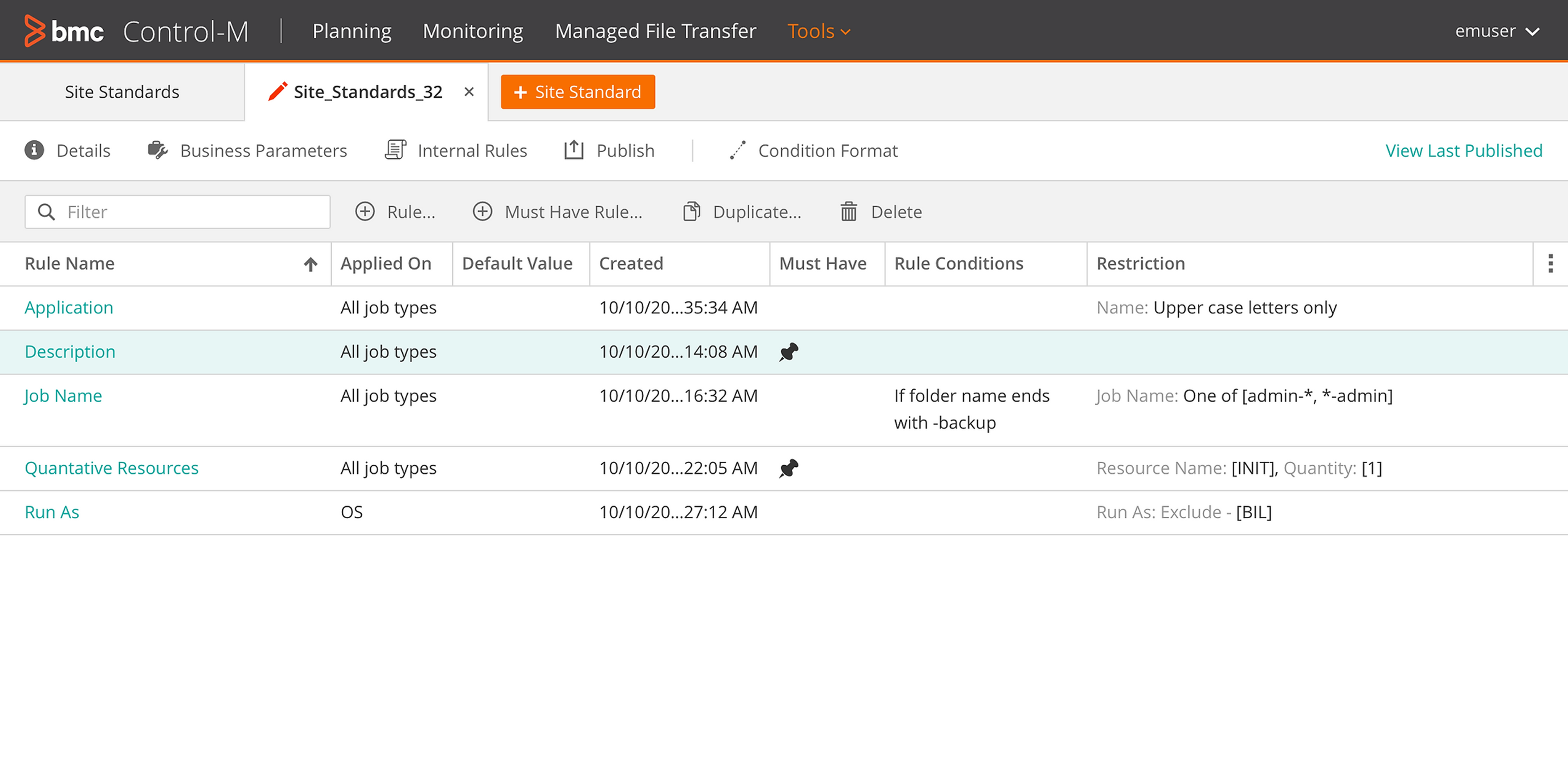
Policy screen • Overview of a site standard rules and content. Under ‘Restriction’ column: Color-coded restriction syntax • Job attribute: [Rule format]
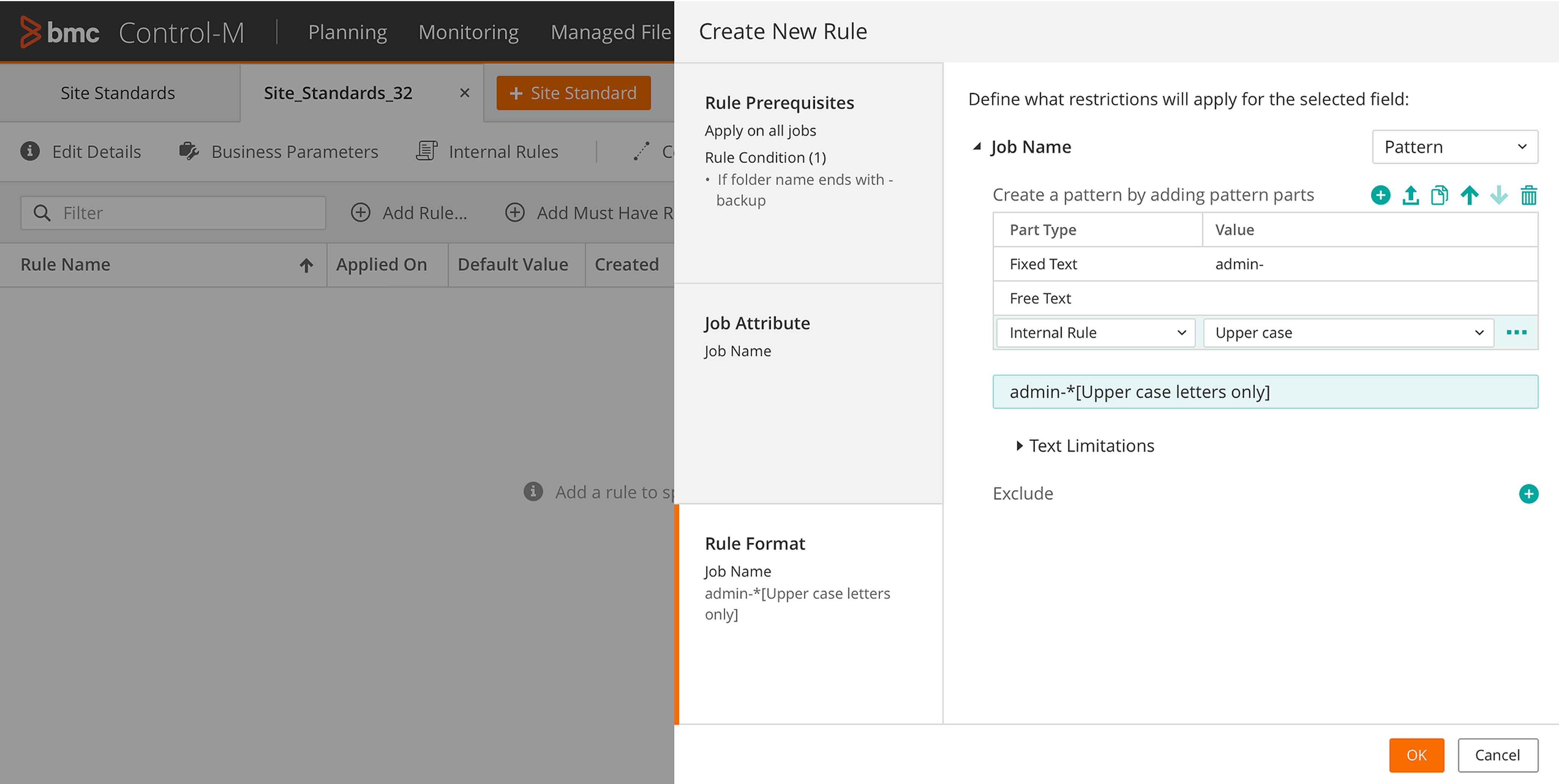
Rule builder • Manage and edit jobs and their properties: wizard navigation combined with accordion flexibility, and additional step summaries
My Impact
- Led cross-functional UX initiatives, fostering a collaborative approach that resulted in a superior final product
- Delivered a significantly improved tool that enhanced user productivity and needs
- Contributed to business growth